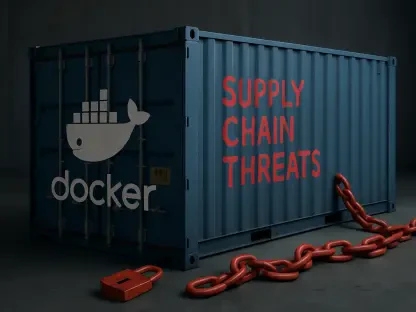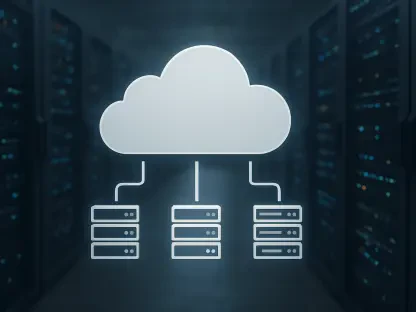The technology behemoth Hewlett Packard Enterprise (HPE) is navigating turbulent waters as it attempts a monumental $14 billion acquisition of Juniper Networks. This potential landmark merger, one of the largest in the tech industry, is set against the backdrop of intense regulatory scrutiny by the U.S. Department of Justice. The outcome of this acquisition could reshape the industry’s landscape, but will HPE successfully maneuver through the regulatory storm?
Importance of the HPE-Juniper Deal
In today’s rapidly evolving technology landscape, mergers of this scale have profound implications. HPE’s acquisition of Juniper positions the company to significantly enhance its portfolio in cloud computing and artificial intelligence. These sectors remain pivotal as the industry shifts increasingly toward interconnected systems and automated solutions. By combining forces, HPE and Juniper aim to create a powerhouse capable of driving innovation and meeting the expanding demands of enterprise customers.
Opportunities and Obstacles in the Acquisition
The acquisition presents a dual-sided equation of potential and challenge. For HPE, acquiring Juniper offers a strategic advantage by integrating robust network solutions into its existing infrastructure, potentially unlocking new revenue streams. However, hurdles mount as the Department of Justice scrutinizes the merger. The regulatory body is keen on preventing market dominance that could stifle competition, forcing HPE to address significant legal and strategic challenges to secure approval.
Expert Insights on Strategic Moves and Regulatory Challenges
HPE’s CEO, Antonio Neri, has articulated a confident outlook for the merger. He expressed optimism regarding the July trial’s outcome, emphasizing strategic planning as key to overcoming potential setbacks. Market analysts are split on the implications; some foresee increased market dominance, while others caution about possible ramifications of regulatory delays. The overarching consensus suggests the merger could substantially impact the tech industry’s competitive dynamics.
Strategic Steps: Addressing Setbacks and Sustaining Growth
To mitigate potential setbacks, HPE has devised robust contingency plans, including “capital return and other portfolio actions.” These strategies underscore HPE’s adaptability, leveraging past experiences such as navigating trade policies and tariffs. The recent Q2 earnings report, revealing a six percent increase in revenue, showcases HPE’s sustained growth trajectory. With anticipated major AI deals, HPE remains committed to strategic evolution, focusing on delivering value through innovative technology solutions.
Navigating the Future of Tech Industry Consolidation
While the path forward for HPE and Juniper’s merger faces uncertainties, the unfolding proceedings serve as a catalyst for the industry to evaluate future consolidation moves. Companies seeking similar synergies would adopt careful strategic planning and navigation of complex regulatory environments to achieve successful outcomes. The merger highlights the importance of adaptability and foresight in the rapidly changing tech sector, encouraging organizations to prioritize strategic partnerships that enhance innovation and competitive edge.









